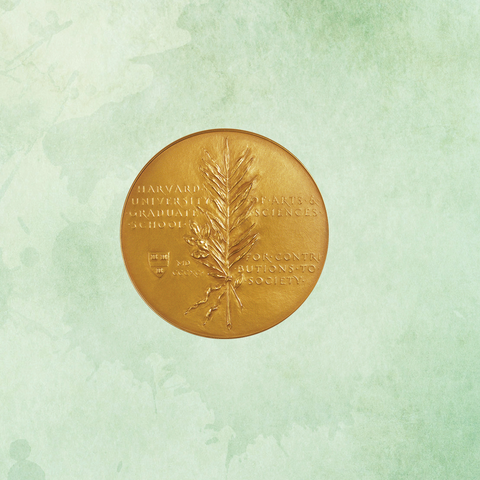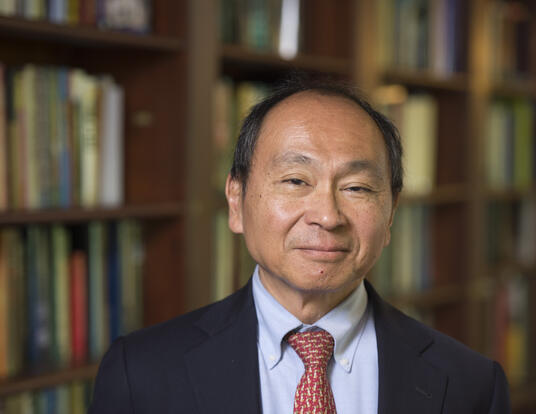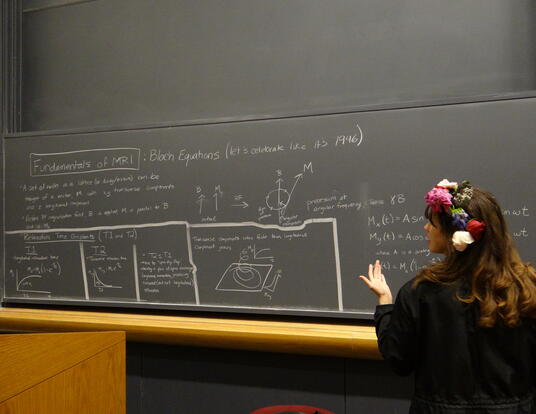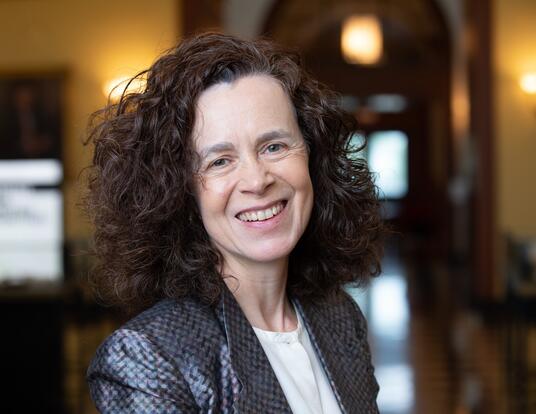Engineering Better Medicines
GSAS Voices: JB Michel, PhD ’10
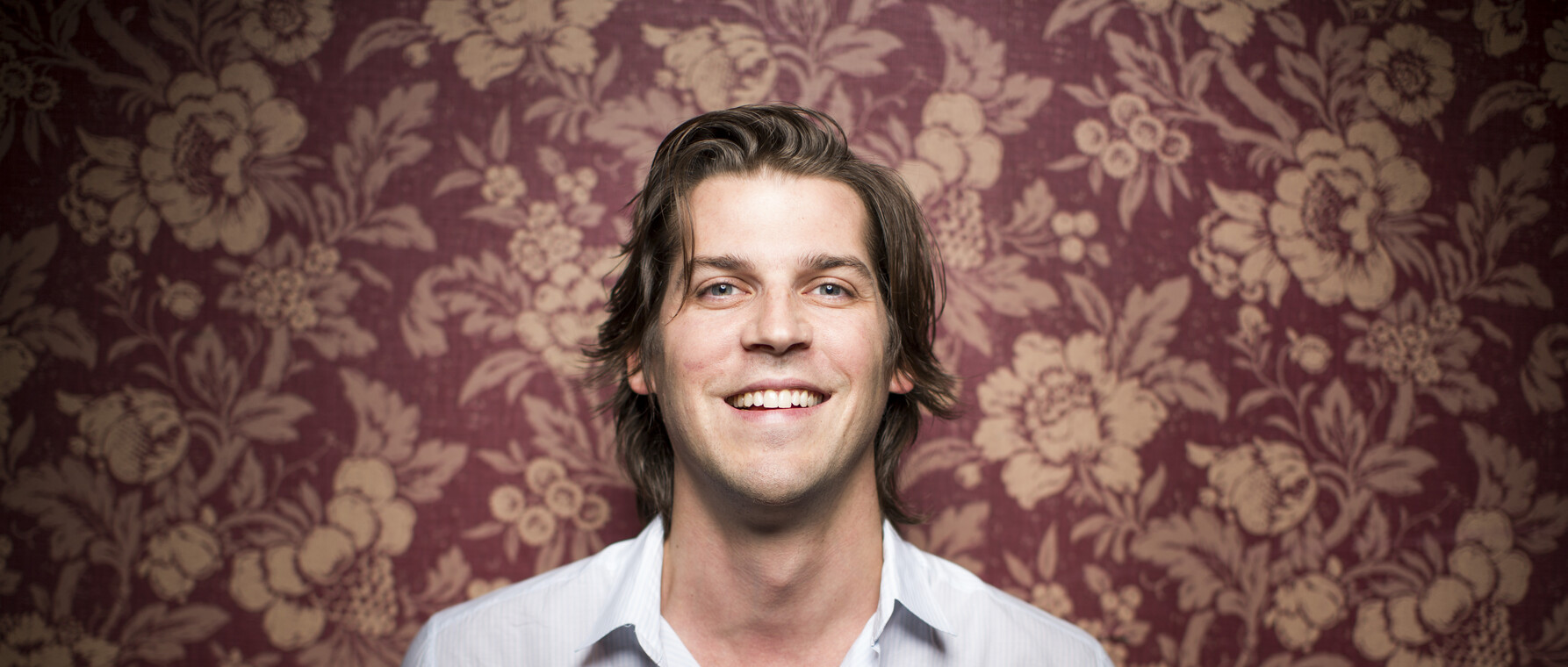
Throughout its 150th anniversary year, GSAS is foregrounding the voices of some of its most remarkable alumni and students as they speak about their work, its impact, and their experiences at the School.
JB Michel is the founder of Patch Biosciences, a company that seeks “to engineer gene therapies that are safer, more effective, and able to address a broader range of diseases.” He talks about the personal story behind his interest in genetic medicine, his company’s approach to it, and how the support he found at GSAS inspired him to take on big challenges.
Personal Medicine
I work on genetic medicine because my nephews were diagnosed with muscular dystrophy (MD). There’s no cure for it.
Drug discovery is an expert-driven industry, heavily reliant on deep insights gleaned from spending many years understanding one topic. (Think Nobel laureates.) It does not scale well in the way software engineering does, which is a problem given how many diseases remain incurable, like MD.
But there is an alternative approach possible in some cases, especially in genetic medicine—drugs encoded in the four-letter alphabet of nucleic acids. These are effectively digital medicines that make it possible to leverage software and machine learning frameworks. The goal of Patch Biosciences is to bring that framework to gene therapies first for muscular dystrophy and then for the wider drug discovery process.
An Engineering Manual for Cells
If you could write out the DNA of our bodies, you would get this long string of code made up of the characters A, G, C, and T for the nucleic acids adenine, guanine, cytosine, and thymine. Genetic medicine takes nucleic acids and sends them into the body to replace ones that are broken in the DNA of someone who’s sick.
All but a few percent of the DNA code are instructions that tell the body how to make different proteins so that eye cells are different from skin cells, different from the other cells in your face, and different from the rest of the cells in your body. Because they are differentiated in that way, what might treat disease in some cells might cause others to malfunction. So, it’s hard to target DNA—and hard to make effective genetic medicines—if you don’t know the instructions coded in it.
That’s what we’re trying to understand at Patch Biosciences. We combine artificial intelligence and molecular biology in an engineering framework to sort out DNA’s instructions so that genetic medicines can work for many more patients than they do today.
Dream Big
I found a great home at GSAS in the Department of Systems Biology, where they think about fundamental questions in life science in a quantitative way. I liked being able to research different things such as measuring aspects of human culture through Google Books or experiments on the evolution of resistance to antibiotics. Those are very different problems, but everyone in my department told me, “Yes, let’s do it.”
I was taught at GSAS to dream big and that there was no limit to what we could do except our own vision and desire. I was supported meaningfully by everybody there. I thought it was fantastic that one of the biggest resources was the creative and committed and brilliant people around me. They’re usually at the top of the field, but they’re also approachable and down to earth. You can go up to any person who is an expert, and they will give you a moment of their time.
I tremendously enjoyed my time at GSAS, and I hope the School continues fostering generations of curious students!
Photo courtesy of JB Michel
Get the Latest Updates
Join Our Newsletter
Subscribe to Colloquy Podcast
Simplecast Stitcher


